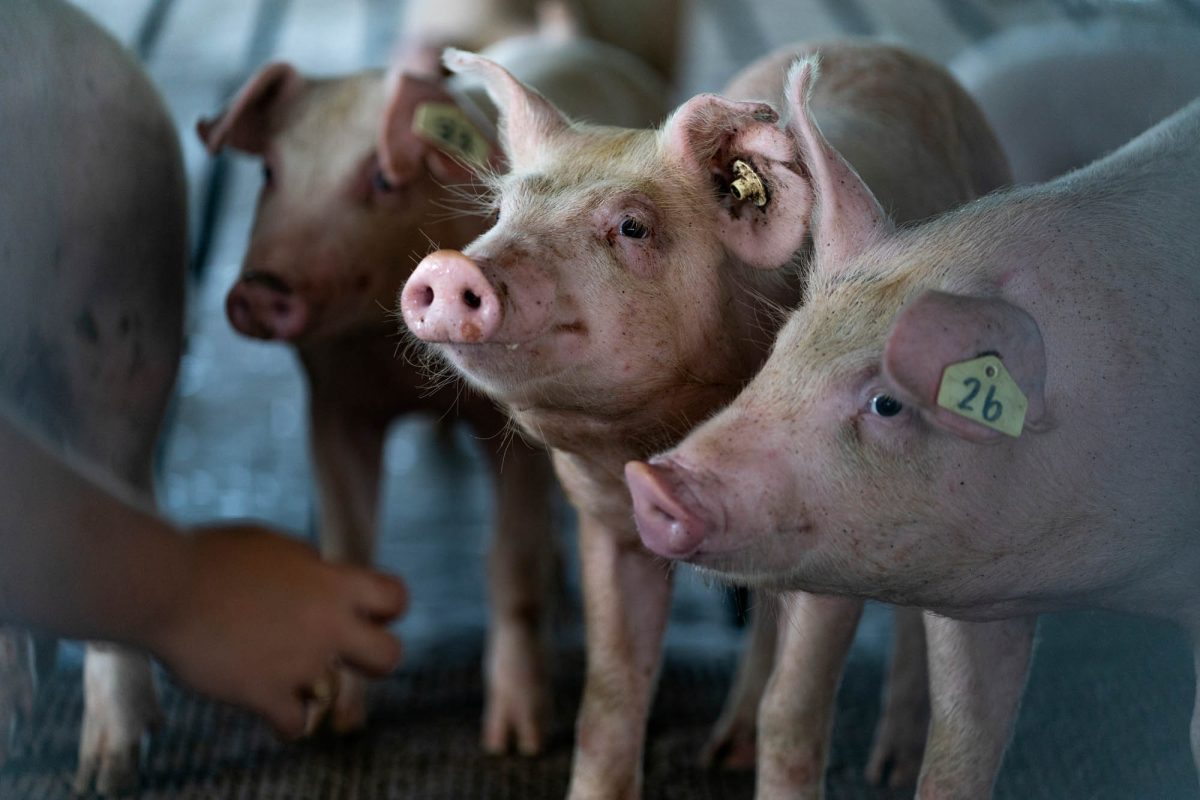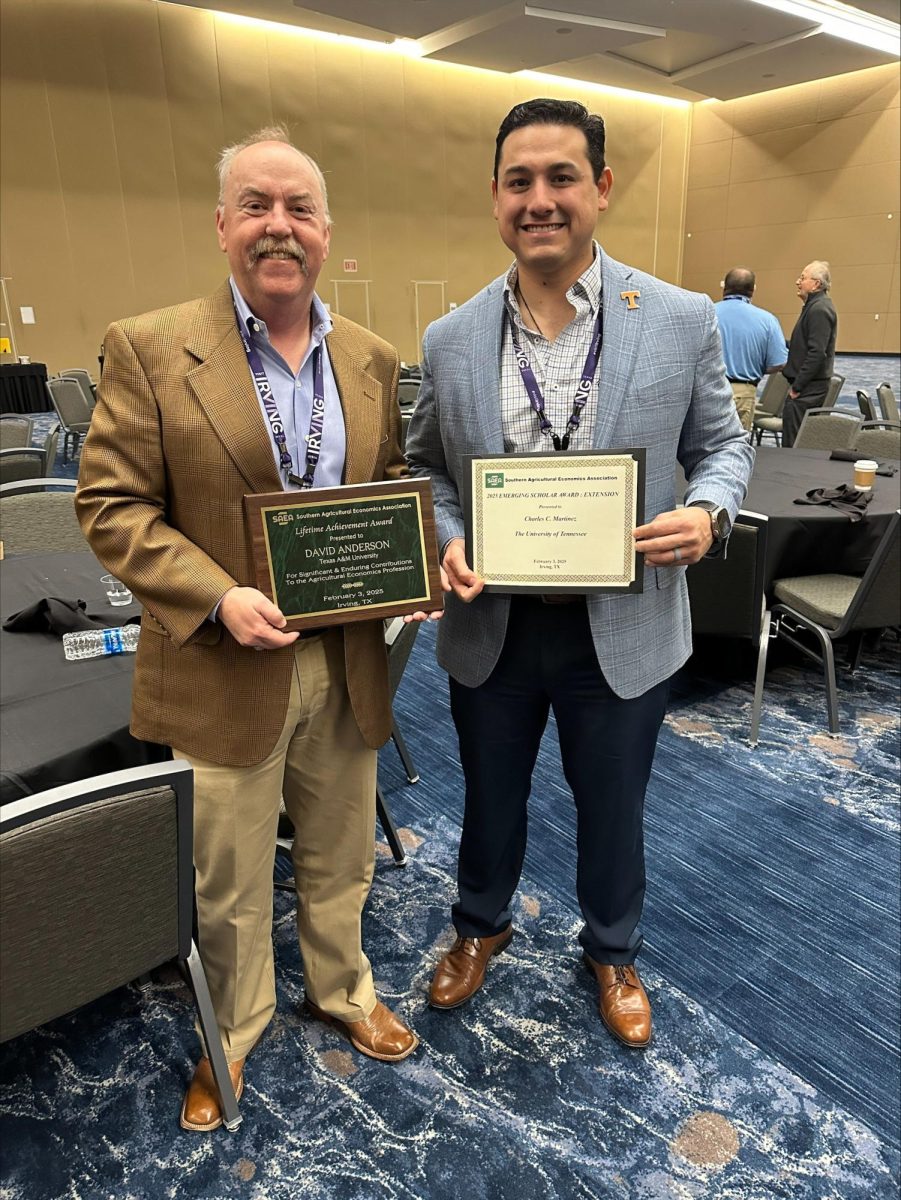Two new variants of COVID-19, named BV-2 and BV-3, have been identified from the same on-campus testing program in which the BV-1 variant was first discovered.
According to a KBTX article on April 22, the Texas A&M University Global Health Research Complex, or GHRC, identified the two new COVID-19 variants during the March mandatory student and staff testing. Of the three Brazos Valley variants, BV-2 has appeared three times, while BV-1 and BV-3 have each only appeared once.
Ben Neuman, Ph.D., biology professor and GHRC Chief Virologist, said although these variants came from the same location, each is different from the others.
“BV-2 has a different change in it that is probably going to be involved with sticking to cells and deflecting those antibodies,” Neuman said. “The BV-3, though, is part UK variant and part a different variant. It is a thing called a recombinant, which means somebody ended up with two different strains in their lungs which then mixed and matched to create this little Frankenvirus.”
Neuman said since there are only a limited number of locations doing sequencing in the state of Texas, there is no way to know if the new variants are likely to spread outside of the Brazos Valley area, but they most likely will travel.
“On campus is the only place that we’ve looked,” Neuman said. “The two other places in the state where they’re doing a lot of the sequencing are in Houston and a little bit that happens in Dallas. Pretty much everywhere else, we only report positive cases and really have no idea what those are associated with.”
Whether either one of these new variants is to become dominant remains unknown, but Neuman said more variants are likely to appear and could pose a threat if the spread of COVID-19 is not contained.
“If you can stop or limit the number of cases, then you can limit the number of variants,” Neuman said. “We don’t know if these particular variants are going to turn out to be very important toward these evolutionary dead-ends right now, but I think it highlights the idea that we have a limited amount of time in which to stop this virus before it starts making more new variants, because it definitely will and has.”
Biology freshman Hannah Massingill said she is worried about not only these new variants, but also about the possibility for more in the future if the spread is not limited.
“I am concerned just because [of] how viruses work; the more they’re transmitted, the more they replicate and the more there’s a chance for mutation,” Massingill said. “It’s pretty much inevitable at this point.”
Neumann said the GHRC is to receive new results in the coming weeks, which means only time will tell if current vaccination efforts will prove effective at stopping the spread.
“We are waiting on another 700 sequences,” Neuman said. “Apparently the first batch of 400 is coming in this week and maybe an extra 100 . . . So that’s going to be the update. We’ll either find more of this, or find more things, or we won’t. We won’t know until the data comes in.”
Two new COVID-19 strains identified on A&M’s campus
May 3, 2021
Photo by Photo by Meredith Seaver
Academic Building
0
Donate to The Battalion
$2790
$5000
Contributed
Our Goal
Your donation will support the student journalists of Texas A&M University - College Station. Your contribution will allow us to purchase equipment and cover our annual website hosting costs, in addition to paying freelance staffers for their work, travel costs for coverage and more!
More to Discover










